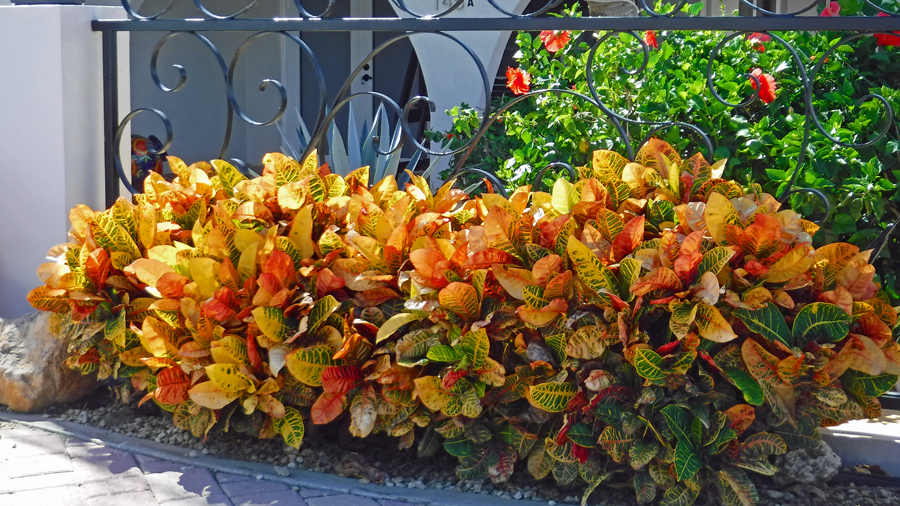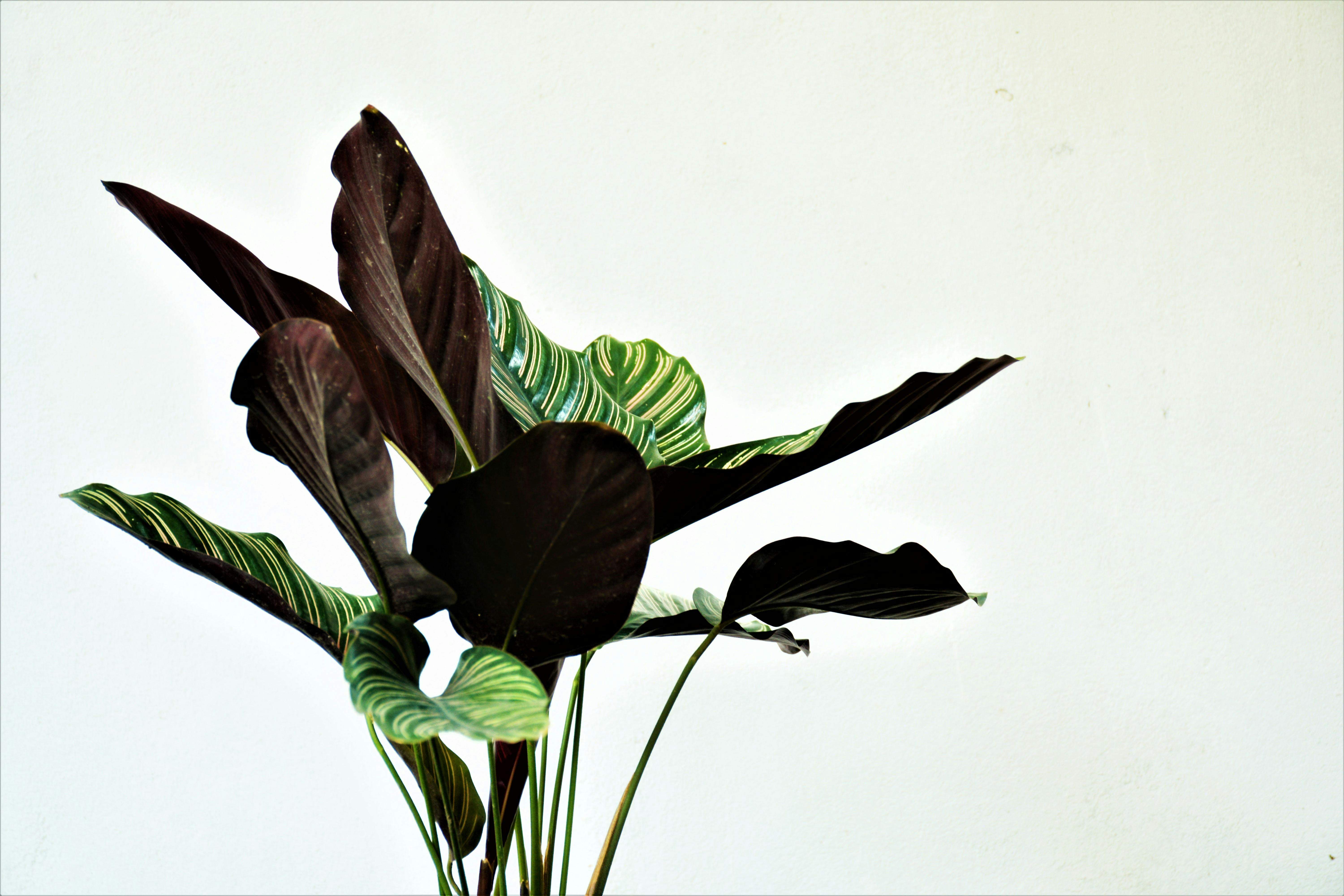Table Of Content

But give it bright light, and it will dependably produce long-lasting white spathes, each surrounding a spadix covered densely with its tiny, true flowers. Fortunately, common house plants provide us with a huge range of sizes, shapes, and textures to choose from. Tall or trailing...broad leaves or feathery fronds...the contrasts look spectacular when brought together in a room.
Indoor Ficus Trees Are Popular Large Indoor Plants
Besides that, here's what to know about keeping this statement plant happy. This philodendron's signature heart-shaped leaves make it a sweet pick for any beginner collection. You'll also want to consider how often you travel, what the temperature is in your space, and how much time you have to put toward tasks like watering and fertilizing.
Philodendron Erubescens (Blushing Philodendron) Care Guide
This species flowers at the end of summer and display jaw-like leaves that are toothed. Semi-succulent species from the large peperomia genus of plants. The Goats horn cactus has joined the unusual plant section (it’s as weird as they get).
20 Hard-to-Kill Indoor Plants That Don't Need Sunlight to Thrive - Real Simple
20 Hard-to-Kill Indoor Plants That Don't Need Sunlight to Thrive.
Posted: Thu, 14 Dec 2023 08:00:00 GMT [source]
Easy to Grow Plants
Growing up to 15’ tall in the wild, as a houseplant the baby jade is often much smaller, though its dark stems and tiny leaves make it quite irresistible. As a succulent, baby jades do best when given a thorough, drenching watering before allowing the soil to dry out completely. Available in both solid green and variegated varieties, this easy care plant is a must have for fans of succulents. Don’t let the brown central stalk and hanging green leaves fool you. It’s actually a succulent, growing between four and six feet in most indoor environments. As desert plants, ponytail palms don’t require much water and prefer bright light throughout the day.
How to Grow and Care for Basil Plants—Indoors and Outside - Martha Stewart
How to Grow and Care for Basil Plants—Indoors and Outside.
Posted: Thu, 25 Apr 2024 23:26:15 GMT [source]
Regular pruning will help it stay at a manageable size, but since it’s easy to care for, it’s another great option for beginners. It grows well throughout the year, including in winter when most other houseplants are dormant. Peperomia is an impressively diverse species with widely varying colors that can fit almost any type of decor. However, they all prefer moderate and regular watering with plenty of indirect lighting. Soil that drains well is also important since it may start to rot if it gets too wet.
MEDIUM/BRIGHT, INDIRECT/FILTERED LIGHT:
You can find flaming Katy plants with yellow flowers in two-and-a-half-inch pots available via Walmart. Hoya gracilis (syn. H. memoria) has raspberry-colored flower clusters with the sweet smell of caramel, and burgundy tinged leaves on vines that may trail up to 36 inches. The colorful blooms are held on upright flower stalks above the foliage, providing an eye-catching pop of cold-season color.
Common Houseplants to Grow and Brighten Up Your Home

Given the shiny, leathery leaves that cover the slender vines of this Hoya, it's no wonder it's also known as the wax plant! The Hoya carnosa boasts thick, succulent-like leaves, making it a resilient and low-maintenance plant that thrives with minimal attention. It's an ideal choice for both experienced and beginner plant lovers.

Money Tree Plant (Pachira aquatica)
Pitcher plants, like other carnivorous plant species, grow in nutrient-poor, boggy environments. In the absence of nutrient-rich soil, these intriguing plants have evolved the ability to trap and digest insects to supplement the nutrients they need. With attractive, highly-patterned leaves in shades of green with purplish undersides, this showy foliage plant is closely related to the prayer plant. Pretty little cyclamen, with their bold blooms in white, pink or red, come from rocky hillsides in areas ranging from Turkey to Palestine.
Typically the only pruning needed is the removal of lower fronds that naturally turn brown over time. If you're interested in incorporating this playful addition into your own landscaping design, then you'll be happy to know they're relatively easy to cultivate. All you need is some well-draining soil and a spot in full sun or partial shade. While they might not be finicky, there are still some common problems to be aware of to ensure beautiful blooms all season long. Let's take a deep dive into how to grow cigar plants and common issues to avoid. Tropical cactus requires a certain amount of regular water in order to survive and make good houseplants.
Ultimately, this plant requires more care than most other houseplants, but it also serves as an outstanding centerpiece for any room. The crown of thorns is a relatively unusual houseplant, but one that stands out particularly well while it’s in bloom, thanks to the swirling, bright flowers. These succulents grow slowly and don’t require much maintenance, with most only requiring water once every few weeks.
This succulent, which remains a small houseplant, has exploded in popularity the past few years for its shiny, thick leaves and easy-care attitude. There are many different types, including some with variegated leaves, but they all prefer bright light. Outdoors, a new tree can be a big investment, but easy indoor trees can make affordable yet eye-catching houseplants for beginners. The secret to keeping Norfolk Island pine (Araucaria heterophylla) healthy indoors is to give it bright but indirect light. In low light, the lower branches tend to turn brown and fall off. This plant’s soft texture adds a cozy, woodsy feeling to a room.

No comments:
Post a Comment